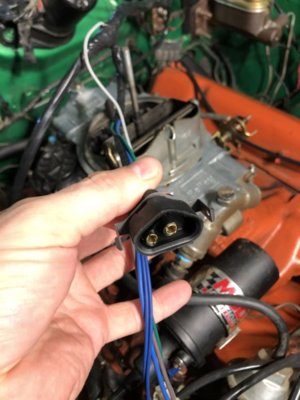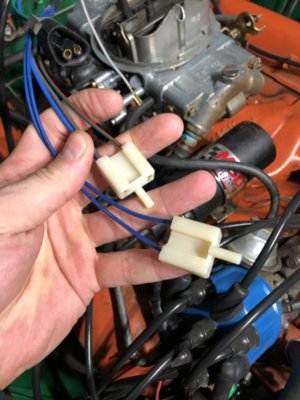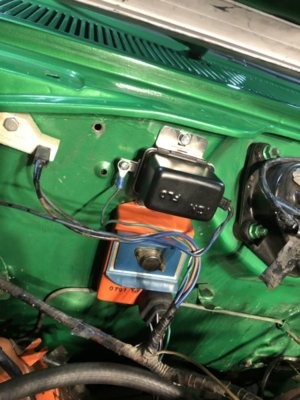CombatMuscle80
New Member
Gents...
I’m replacing my engine wiring harness with an OEM one from Classic Industries.
The problem I ran into is that I have a newer electrical ignition and this wiring harness is for the original set up. So... all the wires near the voltage regulator and the ballast resistor are for the original set up... has anyone already dealt with this and willing to help a brother out with how they went about it?
Any help is much appreciated...
Michael Hood
Iraq War Veteran
916.661.1681



I’m replacing my engine wiring harness with an OEM one from Classic Industries.
The problem I ran into is that I have a newer electrical ignition and this wiring harness is for the original set up. So... all the wires near the voltage regulator and the ballast resistor are for the original set up... has anyone already dealt with this and willing to help a brother out with how they went about it?
Any help is much appreciated...
Michael Hood
Iraq War Veteran
916.661.1681



















